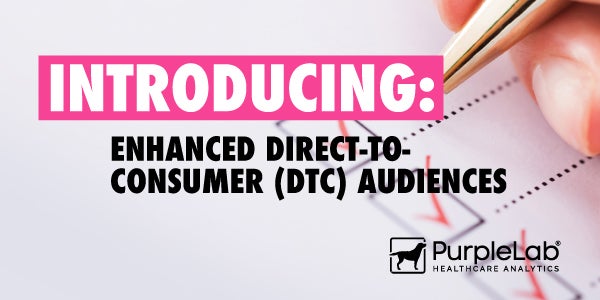Health care marketers are playing what feels like a constant game of digital Whac-A-Mole, from dealing with ongoing signal loss and ever-changing privacy regulations to the challenge of reaching the right audiences at the right time.
Enter contextual targeting, a strategy that doesn’t rely on user identity but instead places ads alongside content that’s relevant to what users are searching for.
Since it is not based on a user’s identity, this type of targeting enables marketers to reach people in geographies where audience-based targeting may be limited.
The advantages are clear: broader reach, regulatory peace of mind and the ability to connect with patients and providers in contextually relevant moments, as in when health-related content is already top of mind. It’s a privacy-safe way to stay visible without sacrificing precision or relevance.
Targeting the whole audience
Sure, Google is no longer deprecating third-party cookies, but the reality is, even with cookies, you’re probably not reaching your full audience.
For example, health care audiences that are based on a specific diagnosis aren’t necessarily inclusive of caregivers or those who have yet to be diagnosed and are researching potential illnesses.
Combined with a traditional identification-based targeting strategy, contextual targeting ensures you’re reaching your whole audience.
Preparing for tighter privacy regulations
But forget the demise (or not) of cookies. The rise of privacy laws should be enough to push you toward contextual targeting. The privacy landscape is changing rapidly, and marketers need to stay ahead of the curve.
Many states have implemented new privacy regulations, setting up legal parameters that dictate how marketers can treat data.
As Throtle’s Navigating U.S. Privacy Laws in 2025 article outlines, legislation differs between states, meaning advertisers likely have to pivot strategies to continue targeting their audiences in an effective manner.
That’s where contextual targeting shines. It doesn’t depend on personal data, making it an easy and future-proof solution for reaching health care audiences.
Contextual drives results
The numbers make a compelling case for contextual targeting, especially for health care marketers navigating strict privacy constraints and rising media costs. Studies consistently show that contextually aligned ads not only perform better but also drive deeper engagement and brand impact.
Contextually targeted ads deliver nearly 70% more attention for skippable formats compared to industry benchmarks, meaning users are more likely to stop, watch and absorb the message. This matters in health care, where education and trust are critical to conversion.
A DoubleVerify study reinforces this effect, finding that 69% of consumers are more likely to engage with an ad when it’s relevant to the content they’re already viewing. For health care brands, that could mean aligning an ad for allergy medication with seasonal wellness content or featuring mental health support services next to articles about workplace burnout.
The long-term brand value is also clear. Research from IAS shows that consumers are four times more likely to recall a brand unaided when the ad is shown in a relevant context. In a field where patient decisions are often made over time – and trust is hard-won – contextual alignment helps keep your brand top of mind when it counts.
Ready to go contextual?
As signals shrink and privacy pressures rise, contextual targeting offers health care marketers a powerful path forward. It delivers performance, protects compliance and keeps your brand present when and where it matters most.
The context around targeting is changing. Your strategy should, too.
















